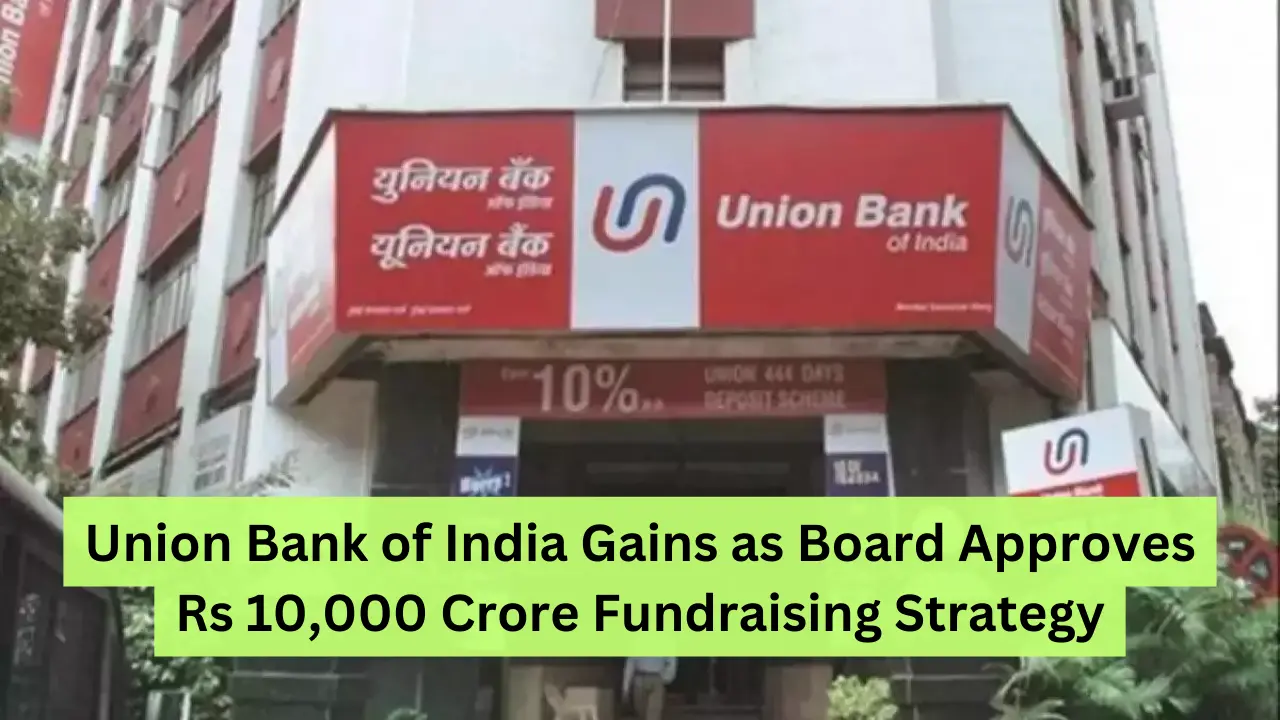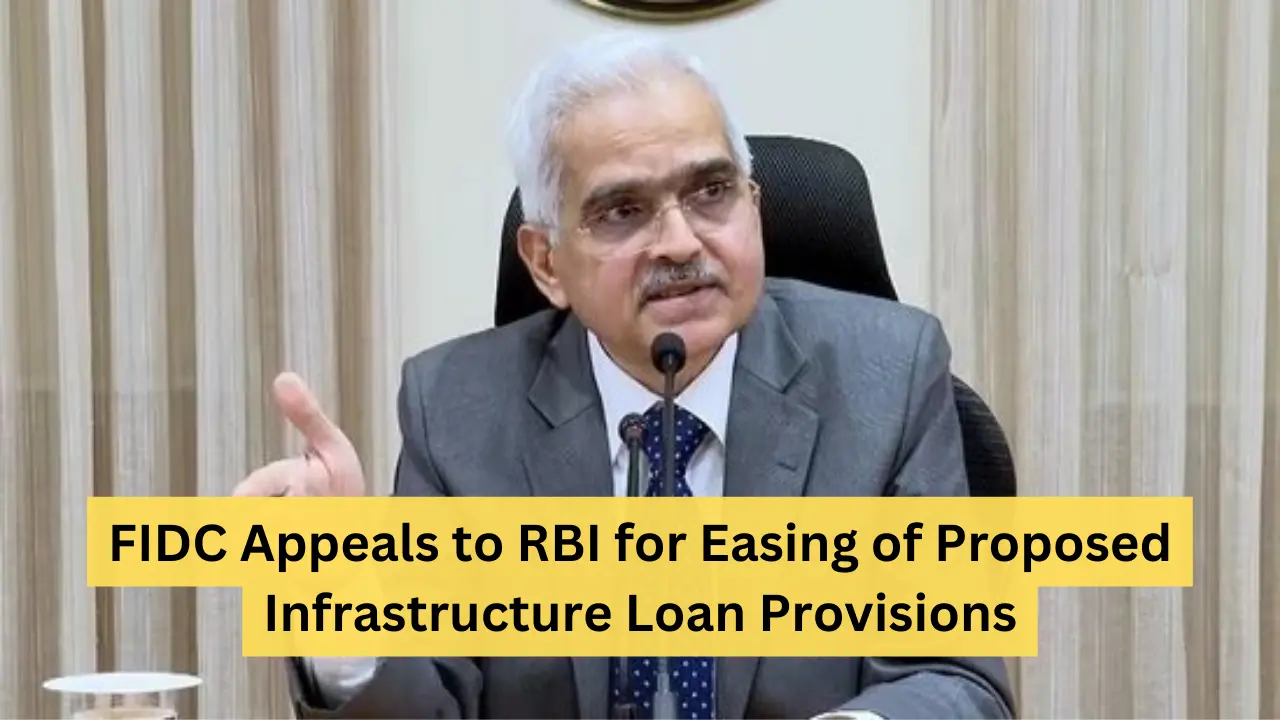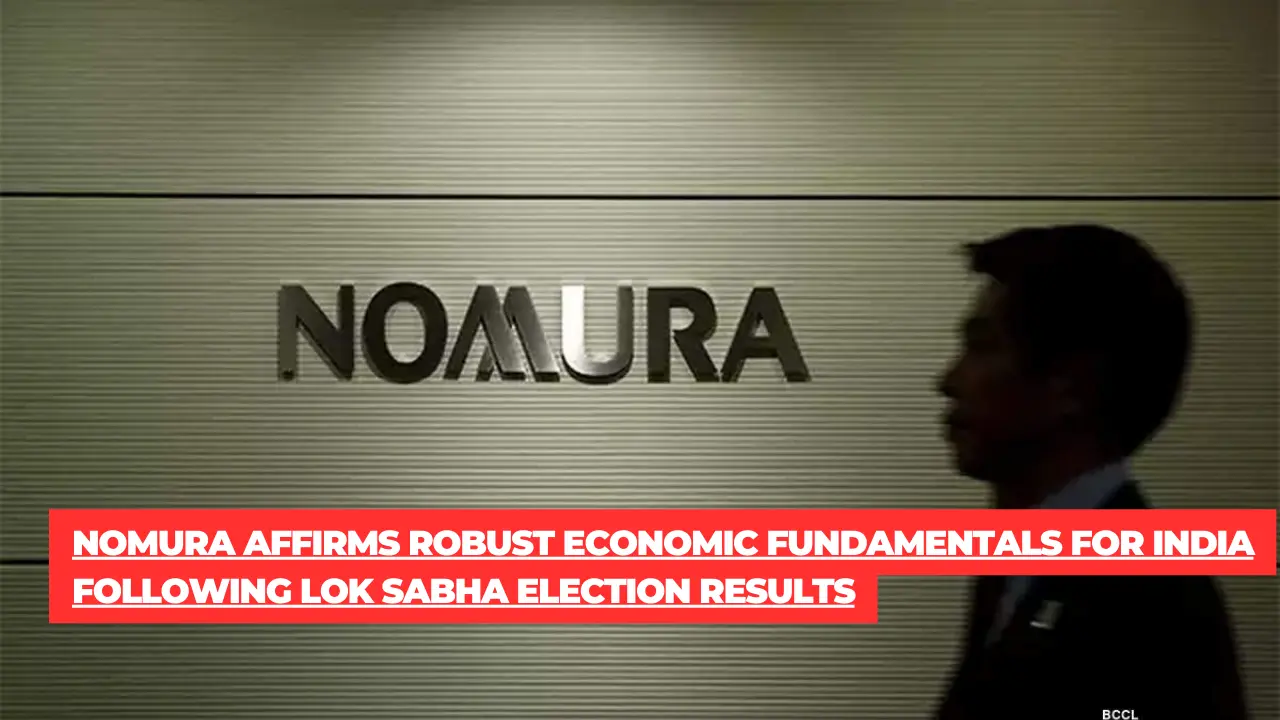DEE Development Engineers Limited (DEE), a prominent player in the engineering and manufacturing sector, is set to make a significant move with its Initial Public Offering (IPO) slated to open on June 19. This IPO presents an opportunity for investors to participate in the growth story of a company known for its expertise in engineering solutions and component manufacturing. Here’s a comprehensive look at what the IPO entails and why it’s generating buzz in the market.
Key Details of the DEE Development IPO
IPO Timeline and Subscription
- Opening Date: June 19, 2024
- Closing Date: June 21, 2024
- Listing Date: Tentatively, early July 2024
IPO Size and Structure
- Total Issue Size: Approximately Rs 600 crore
- Fresh Issue: Rs 450 crore
- Offer for Sale (OFS): Rs 150 crore
Price Band and Lot Size
- Price Band: Rs 250 – Rs 270 per share
- Lot Size: 50 shares per lot, with a minimum bid of one lot
Use of IPO Proceeds
- Expansion Plans: Funds will be used to expand manufacturing facilities and enhance production capacity.
- Debt Repayment: Part of the proceeds will go towards repaying existing debt, strengthening the company’s balance sheet.
- General Corporate Purposes: Allocated funds will support general corporate activities and future strategic initiatives.
About DEE Development Engineers
Company Overview
DEE Development Engineers is renowned for providing comprehensive engineering solutions, including the manufacturing of pipe support systems, HVAC components, and energy-efficient solutions. With a robust portfolio of products and services, DEE serves a diverse clientele across industries such as oil and gas, power, petrochemicals, and construction.
Market Position and Growth
- Industry Leadership: DEE is recognized as a leader in its niche, offering high-quality and reliable engineering solutions.
- Strategic Partnerships: The company has established strong relationships with major global players, enhancing its market presence and credibility.
- Growth Trajectory: With consistent revenue growth and expanding operations, DEE is poised to capitalize on emerging opportunities in the engineering sector.
Investment Rationale
Why Investors Are Interested
- Strong Fundamentals: DEE boasts solid financial health, with steady revenue and profit growth over the past few years.
- Expanding Market: The engineering solutions and manufacturing sector is growing, driven by increasing industrialization and infrastructure development.
- Experienced Leadership: The company is led by a seasoned management team with deep industry expertise and a proven track record.
Potential Risks
- Market Volatility: The IPO market is subject to fluctuations, and investor sentiment can impact subscription levels and listing performance.
- Operational Challenges: As DEE scales its operations, managing costs and maintaining quality standards will be crucial.
- Competitive Landscape: The sector is competitive, with numerous players vying for market share, which could impact pricing and margins.
Financial Performance
Key Metrics
- Revenue Growth: Consistent increase in revenue, with a CAGR of 15% over the last three years.
- Profit Margins: Strong EBITDA margins, reflecting efficient cost management and operational excellence.
- Debt Position: The company aims to reduce its debt load significantly using IPO proceeds, improving its financial leverage.
Future Outlook
DEE’s focus on expanding its product offerings and entering new markets positions it well for sustained growth. The company’s investment in technology and innovation is expected to drive operational efficiency and enhance customer satisfaction.
How to Participate in the IPO
Steps for Investors
- Demat Account: Ensure you have an active Demat account to hold the shares.
- Apply Online: Use your stockbroker’s platform or the ASBA (Application Supported by Blocked Amount) facility provided by your bank.
- Bidding: Place your bid within the price band and the appropriate lot size during the subscription window.
Important Dates
- Allotment Date: Expected by June 26, 2024
- Refund Initiation: By June 27, 2024
- Listing Date: Expected by July 3, 2024
Quick Review:
Q1.When does the DEE Development IPO open and close?
Ans. The IPO opens on June 19, 2024, and closes on June 21, 2024.
Q2.What is the price band for the DEE Development IPO?
Ans. The price band is set at Rs 250 – Rs 270 per share.
Q3.How will the funds raised from the IPO be used?
Ans. The proceeds will be used for expanding manufacturing facilities, repaying debt, and general corporate purposes.







